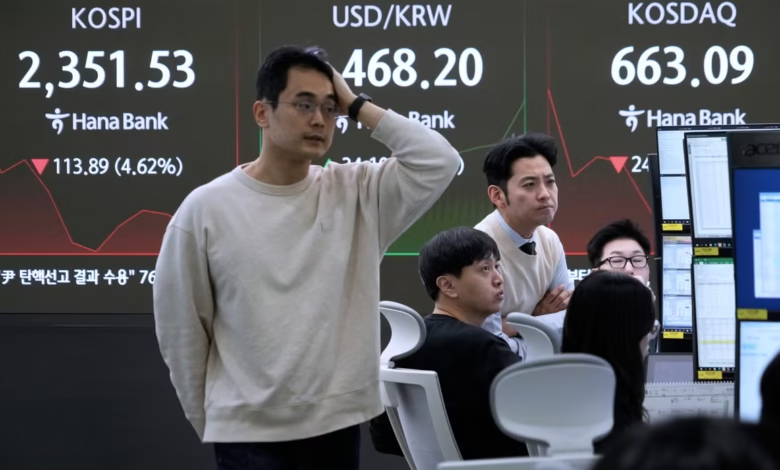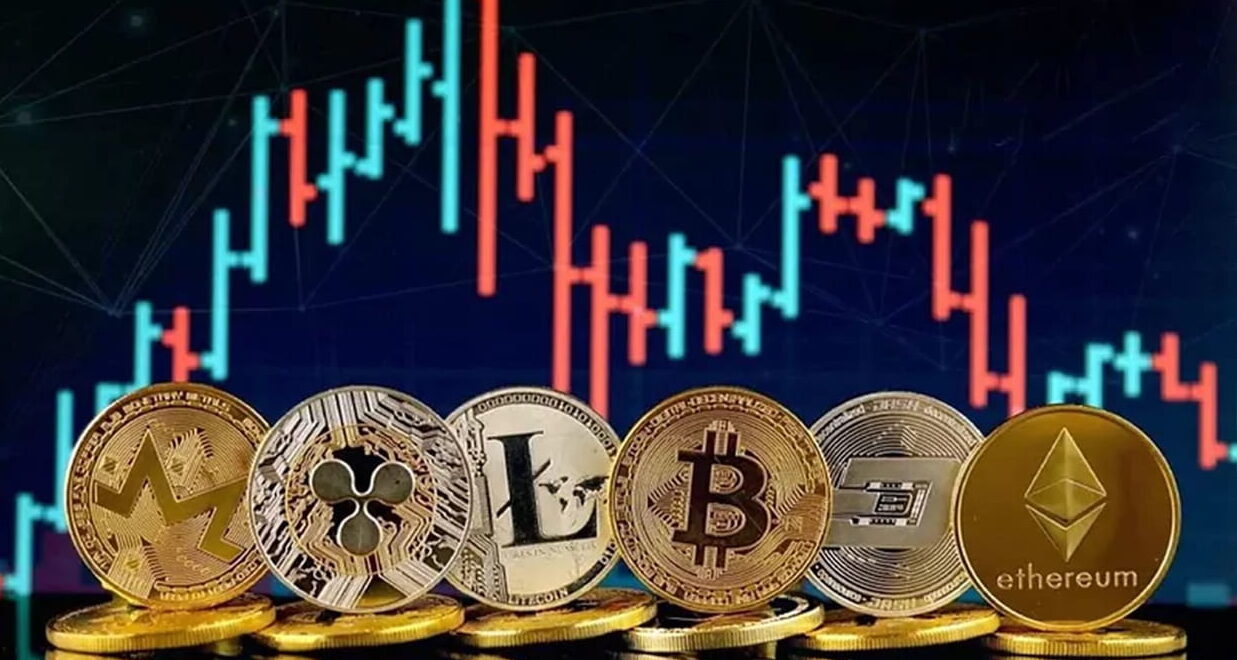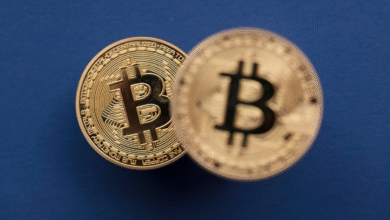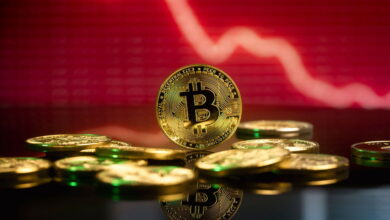
Bitcoin Volatility Amid US-China Trade Tensions and Economic
Bitcoin (BTC) is trading somewhat above the $80,000 mark as of April 11, 2025, following a pattern of volatility fueled by mounting world economic concerns. Driven by investor uncertainty connected to growing trade conflict between the United States and China, Bitcoin has witnessed a little retreat from its recent high of almost $82,000. The near-term view for digital assets is being shaped in great part by this geopolitical conflict as well as changing investor attitudes.
Crypto Amid Trade Tensions
With new rounds of tariffs and punitive policies spreading over world markets, the US-China trade conflict has emerged as a main Crypto Market mover in recent weeks. Although news of a temporary tariff halt offered by the US administration first greeted traditional equity markets favorably, the hope was short-lived as investors started pricing in the danger of a protracted trade war.

Though sometimes considered as alternative investments or safe-haven assets, cryptocurrencies such as Bitcoin have not been immune to the wider market volatility. After President Trump announced a 90-day delay on additional tariffs, Bitcoin climbed more than 5% earlier in the week, but the surge has since calmed off. The uncertainty now shows a more wary perspective from investors seeking to estimate the longevity of the trade fight and its possible influence on world financial stability.
Bitcoin Price Volatility
Bitcoin’s trading range over the past 24 hours highlights its continued volatility. The coin briefly touched a high of $82,213 before dipping to a low of $78,626. The current price hovers near $81,000, down approximately 1.4% from the previous close. Analysts believe this price movement mirrors investor uncertainty rather than any fundamental change in Bitcoin’s underlying value or adoption rate.
The volatility also underscores how closely tied Bitcoin’s movements have become to macroeconomic sentiment. While the crypto community once championed Bitcoin as a hedge against geopolitical and economic turmoil, the real-world data has painted a more nuanced picture. During times of global stress, rather than serving as a digital safe haven, Bitcoin often moves in step with risk assets—suggesting that large institutional investors may still treat it more like tech stocks than digital gold.
Bitcoin Market Debate
Some market players still contend that Bitcoin’s distributed and borderless character makes it a solid long-term counterpoint against conventional financial concerns. Key benefits listed by them include its consistent supply, worldwide liquidity, and opposition to central bank manipulation. Critics counter that the great volatility of the asset and sensitivity to speculative trading behavior compromise this story.

Furthermore, the market for cryptocurrencies overall has not mirrored the comeback observed in stock markets this week. Following the tariff suspension, the S&P 500 and Nasdaq showed strong gains; Bitcoin and other big cryptocurrencies like Ethereum and XRP witnessed just slight improvements. This performance disparity begs the issue of whether crypto is still seen as a flight-to-safety asset or whether it’s more like a high-risk, high-reward investment.
Market Uncertainty Persists
Many investors are choosing to wait and see amid the present uncertainty. While institutional investors seem to be gently rotating their crypto exposure, on-chain data points to a drop in retail trade volumes. Traders are preparing for increased volatility—not only in crypto but also in all asset classes—as the US-China trade spat shows no obvious fix.
Some technical analysts are observing important support levels on the chart of Bitcoin price in the meantime. Should BTC go below $78,000 in the near future, a more general sell-off could result. Conversely, a continuous break over $83,000 could spark optimistic sentiment once more. As markets process the most recent events, Bitcoin seems to be grouping for now.
Final thoughts
The short-term path of Bitcoin may depend critically on the next few days. Investors will be attentively observing any fresh policy decisions from Beijing or Washington that might affect the world economy. Simultaneous influence on risk appetite and asset allocation choices could come from forthcoming inflation statistics and Federal Reserve interest rate estimates.
The main measure of market confidence will be Bitcoin’s capacity to surpass the $80,000 threshold. Should the cryptocurrency be able to sustain this support in the face of outside volatility, it could strengthen the concept of Bitcoin as a developed asset class. But, if the global macroeconomic situation keeps declining, Bitcoin—along with other speculative assets—may encounter more challenges.







